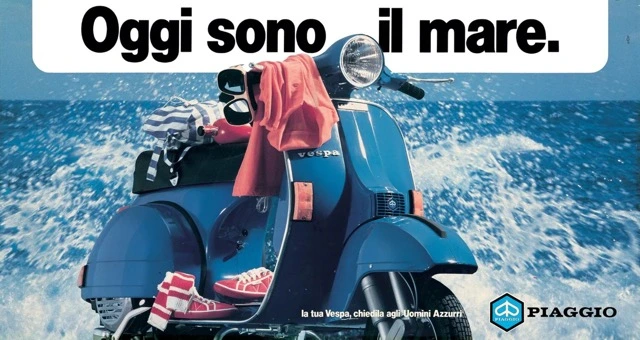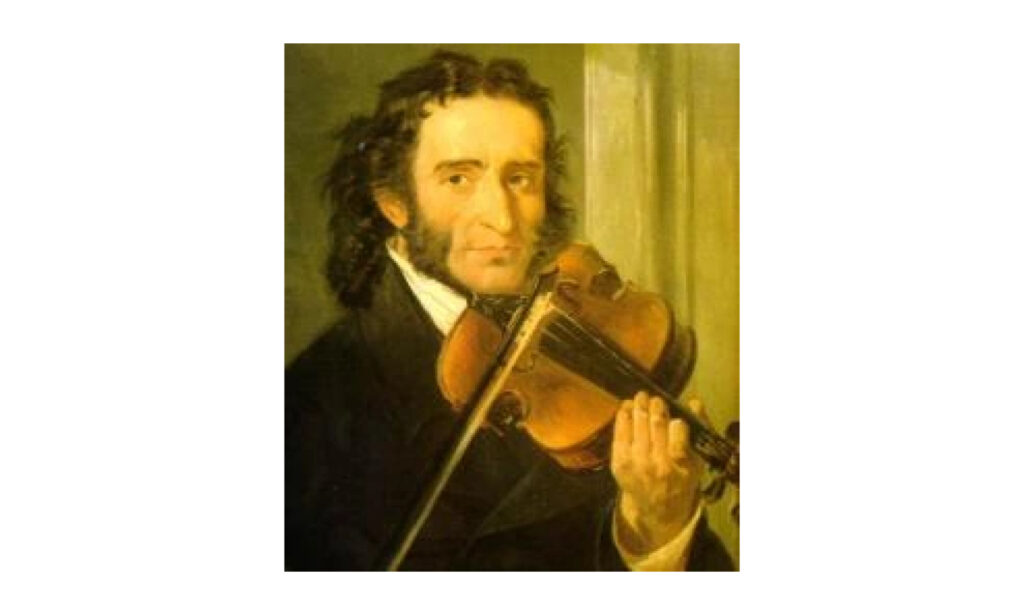La Vespa

Rinaldo Piaggio, born in 1864, founded the Piaggio company in Genoa in 1884, which focused on the construction of naval furnishings and then on the manufacture of carriages and railway carriages, engines, trams and special bodies for lorries before entering the aeronautical sector with the outbreak of the First World War. This was to remain the main production sector for the following decades until, in the immediate post-war period, his sons Enrico and Armando focused on individual mobility by investing in a project that would become a worldwide success, the Vespa.
Enrico asked engineer Corradino D’Ascanio to design an economical vehicle and the latter, who did not like to ‘climb over’ the motorbike to get into the saddle, thought of a more practical vehicle, the gearbox on the handlebars, a suspension system that would facilitate the task of changing tyres, a shield to protect the Vespa driver and the gearbox directly connected to the wheels.
Enrico Piaggio saw the shape of the new vehicle and exclaimed ‘it looks like a wasp’, which is apparently how the world’s most famous scooter got its name. The ‘Vespa’ was patented on 23 April 1946.
The first model, with a displacement of 98 cc and a power output of 3.2 horsepower, could reach a speed of 60 km/h.
After Moto Guzzi’s rejection, Piaggio turned to Lancia’s dealer network for distribution. 2181 examples were delivered in 1946 and as many as 10535 in 1947.
It is worth remembering that in this 70-year history it has been the star of films, songs, races, rallies and for many of us unforgettable moments.

